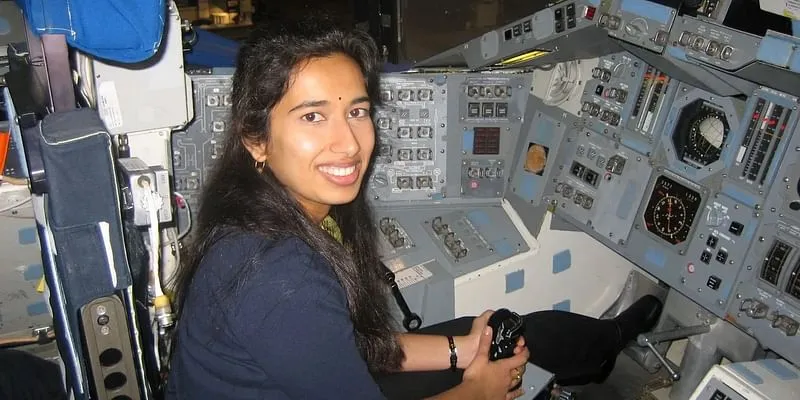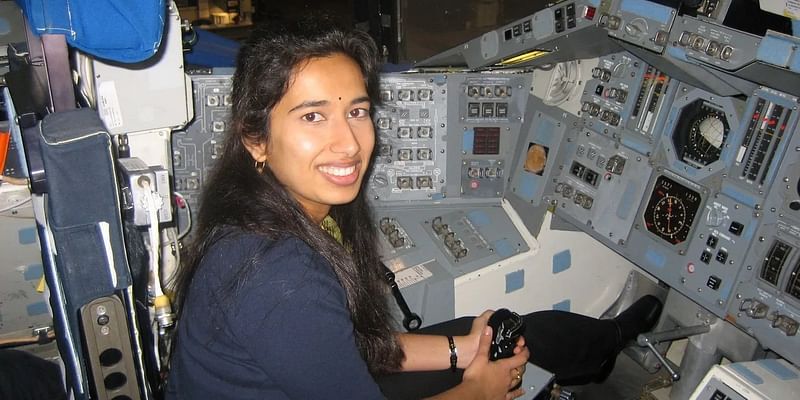Meet Swati Mohan, the Indian-American scientist who helped NASA land Perseverance rover on Mars
Indian-American scientist, Swati Mohan, led the guidance, navigation, and control operations of the Mars 2020 mission.
As the world witnessed the historic landing of NASA's Perseverance rover on the Martian surface, it was Indian-American scientist, Swati Mohan, who led the guidance, navigation, and control operations of the Mars 2020 mission.
Mohan also confirmed that the rover had survived a particularly tricky plunge through the Martian atmosphere.
"Touchdown confirmed," exclaimed Mohan, who had emigrated from India to the US when she was only a year old.
She says the Guidance, Navigation, and Controls Operations (GN&C) are "eyes and ears" of the spacecraft.
Raised in Northern Virginia and Washington DC metro area, she completed her bachelor's degree from Cornell University in Mechanical and Aerospace Engineering, and her MS and PhD from Massachusetts Institute of Technology (MIT) in Aeronautics/Astronautics.

Over the course of her career with NASA, Mohan has worked on the Cassini mission to Saturn and GRAIL - a pair of formation flown spacecraft to the Moon, and has been a mainstay with the Mars 2020 mission since its beginning in 2013.
According to the Mohan, her interest in space was peaked after watching the popular TV show Star Trek when she was nine years old.
"Seeing the beautiful depictions of the new regions of the universe that they were exploring, I remember thinking ''I want to do that. I want to find new and beautiful places in the universe.'' The vastness of space holds so much knowledge that we have only begun to learn," she had told NASA.
Mohan noted that her passion for space increased further when she took her first physics class.
"I was lucky enough to have a great teacher, and everything was so understandable and easy. That was when I really considered engineering, as a way to pursue space," she added.
Commenting on her team's role in the current mission, Mohan said during the cruise phase heading toward Mars, their job is to figure out how the spacecraft is oriented, and make sure it is pointed correctly in space -- "solar arrays to the sun, antenna to Earth, and manoeuvre the spacecraft to get it where we want to go."
She said during the "seven minutes of terror" leading to the entry, descent, and landing on Mars, GN&C determines the position of the spacecraft and commands the manoeuvres to help it land safely.
"As the team's operations lead, I am the primary point of communication between the GN&C subsystem and the rest of the project," she said.
"I am responsible for the training of the GN&C team, scheduling the mission control staffing for GN&C, as well as the policies/procedures the GN&C uses in the mission control room," Mohan noted.
Edited by Kanishk Singh











